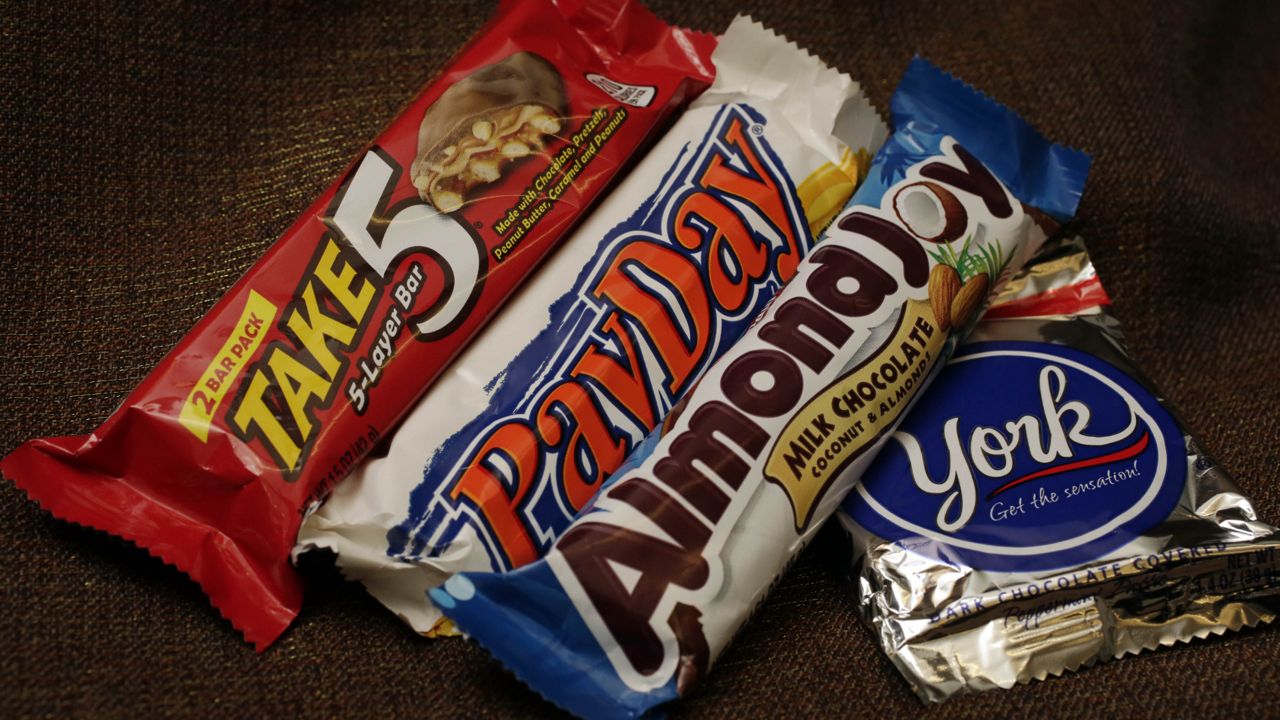Supply chain issues seem to have an impact on nearly every sector – even beloved candy confectioners like Hershey.
Hershey, which makes popular sweet treats including Almond Joy, Reese’s, Kit Kat, Heath and Jolly Rancher, has experienced higher-than-average demand for many of its products so far this year – bittersweet news for the company, as executives on Thursday said the outsized demand means shelves will be more bare than normal come Halloween, Christmas and other winter holidays.
“Seasonal consumer engagement is expected to remain high, and we expect high single digit sales growth for both our Halloween and Holiday seasons,” CEO Michele Buck said in prepared remarks discussing the company’s second quarter results. “Despite this strong growth, we will not be able to fully meet consumer demand due to capacity constraints.”
There are a number of reasons why Halloween shelves might be emptier than usual this year, not least of which being the ongoing war between Russia and Ukraine, which Buck said has created “some scarcity and issue with ingredients,” namely cocoa and edible oils, as was reported by Reuters.
Buck also said more recent developments, like Russia’s additional restrictions on natural gas for much of the European Union, will impact operations in countries like Germany, where Hershey and a number of its suppliers get both equipment and products.
As the majority of both seasonal and everyday products are produced on the same line at Hershey, the company has sought to “balance production over the past several months to improve everyday on-shelf availability and build seasonal inventory at the same time,” Buck said.
“As we head into next year with healthier inventory levels and more capacity, we believe we will be well positioned to meet consumer demand across our everyday and seasonal portfolios,” she added.
Hershey has also been monitoring consumer spending habits in the wake of rising inflation, executives said, noting that grocery spending has remained strong – particularly for “snacks and confection products.”
Shoppers have largely focused more on non-discretionary items like groceries as inflation makes them more selective – a change that arrived much faster than major retailers had anticipated.
Food prices have risen by nearly 14% this year in emerging markets and by over 7% in advanced economies, according to Capital Economics. In countries where people spend at least a third or more of their incomes on food, any sharp increase in prices can lead to crisis.
Capital Economics forecasts that households in developed markets will spend an extra $7 billion a month on food and beverages this year and much of next year due to inflation.
Hershey executives on Thursday said the company is “working closely with our retail partners” to account for inflation when pricing its goods, and said the company is “committed to making sure our products remain an affordable treat.” Around 20% of Hershey products will continue to be sold at or under $2, with potential changes or additional offerings to be implemented in the future.
The Associated Press contributed to this report.



